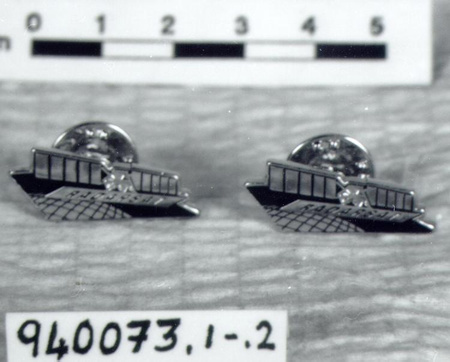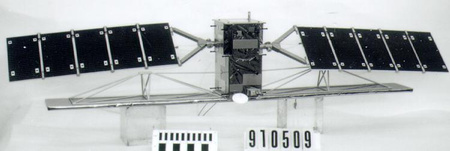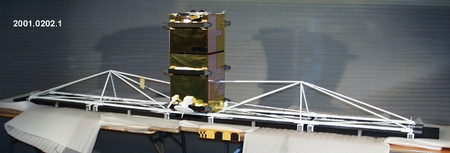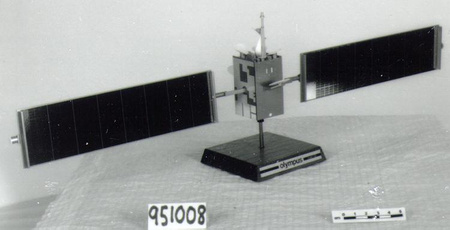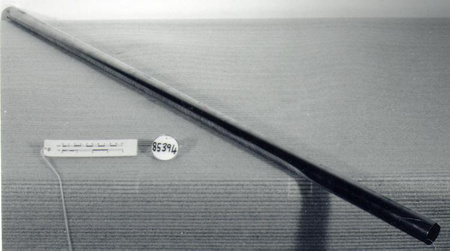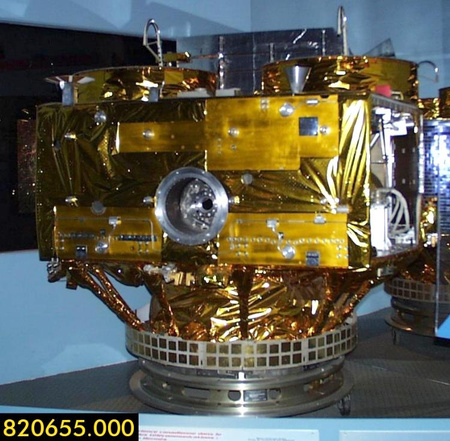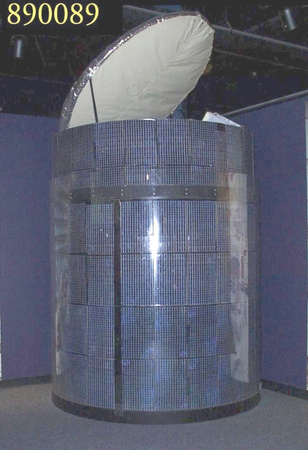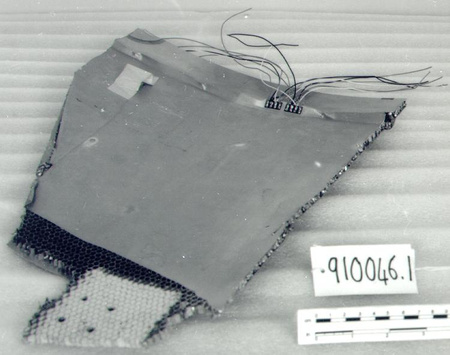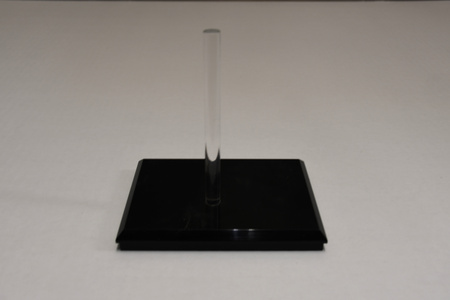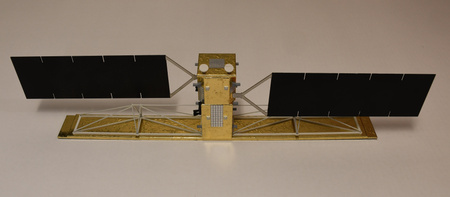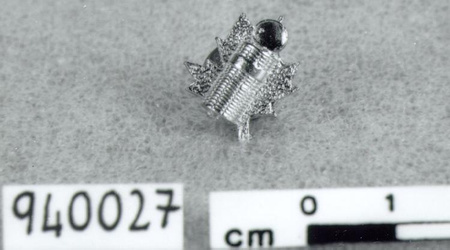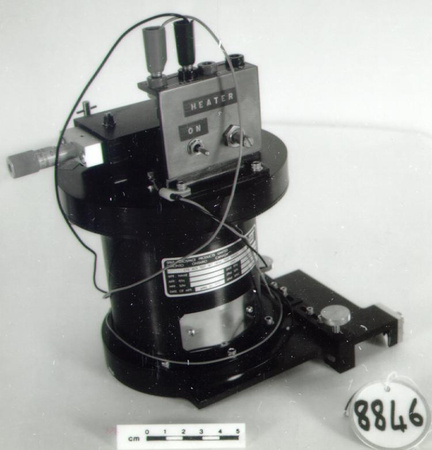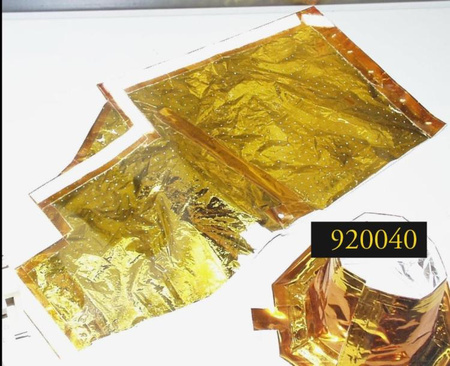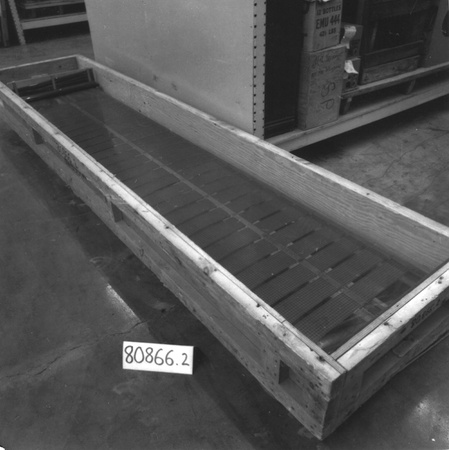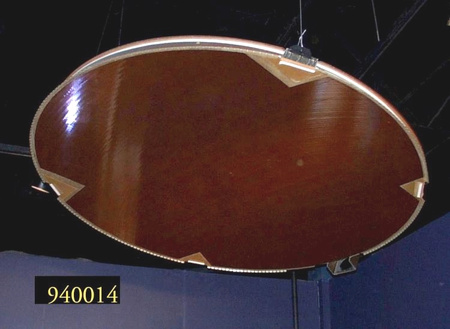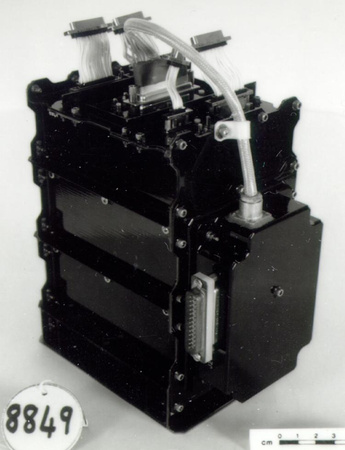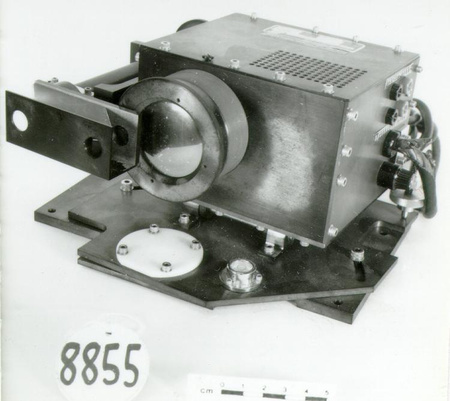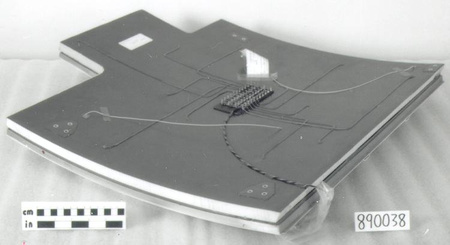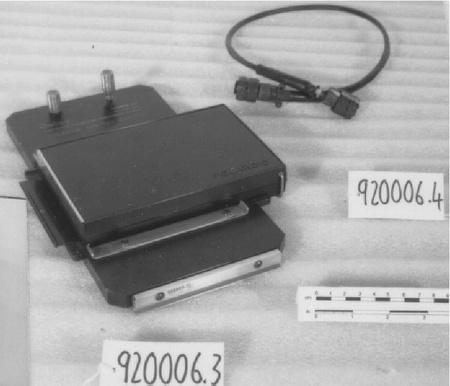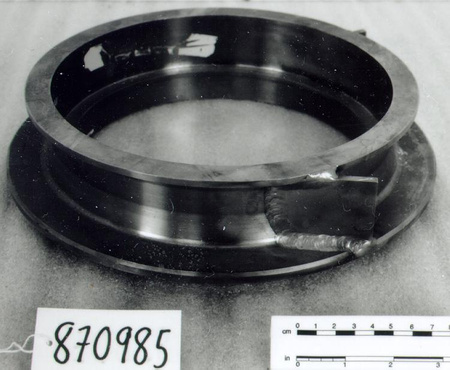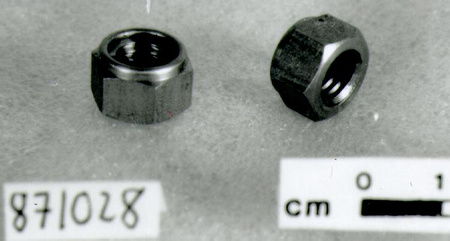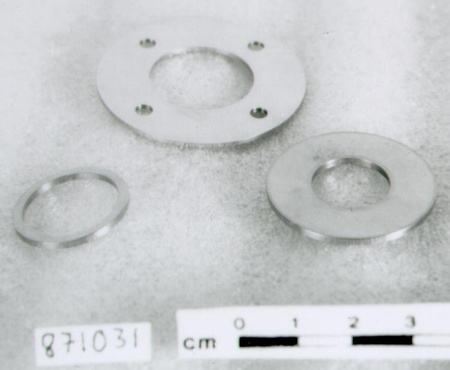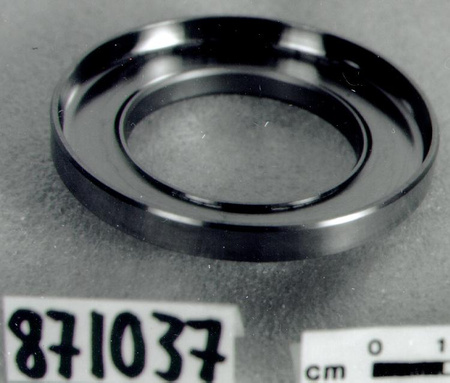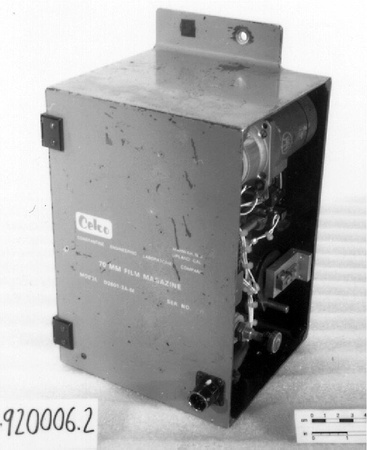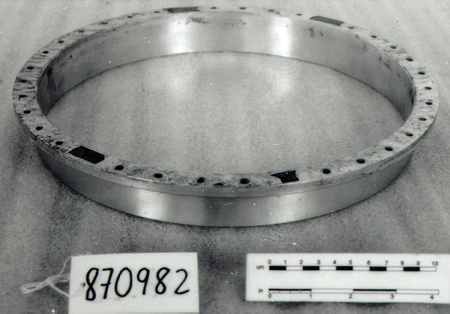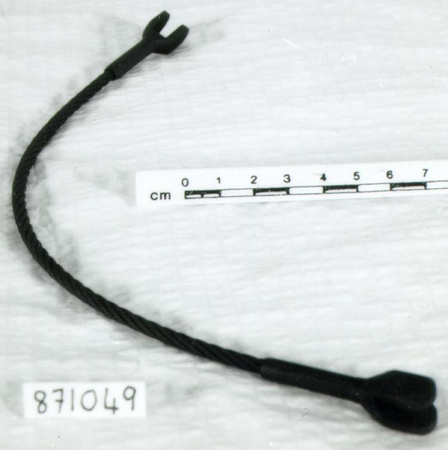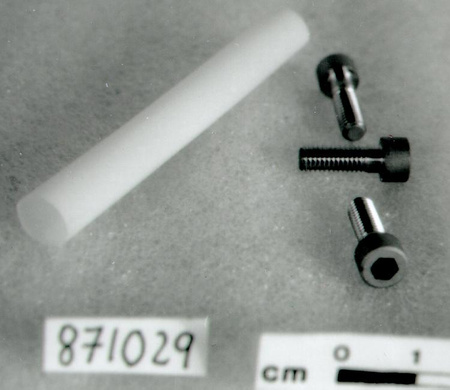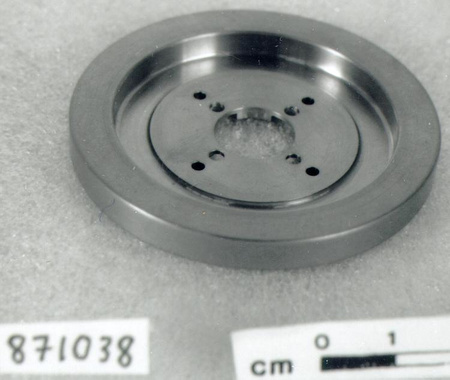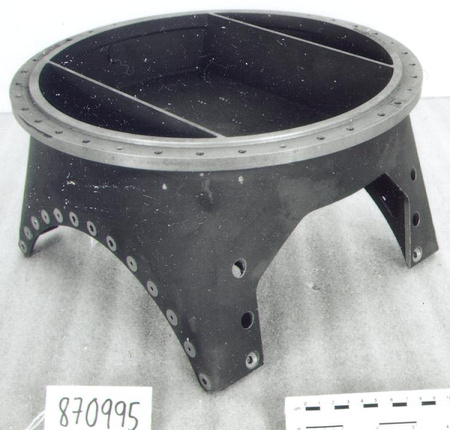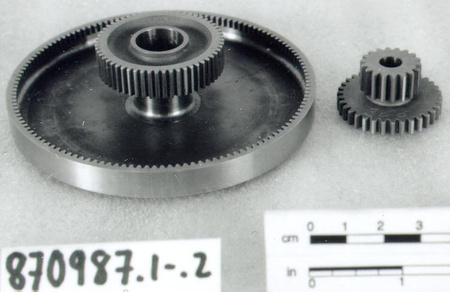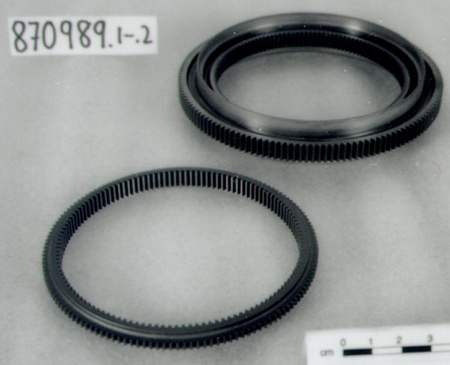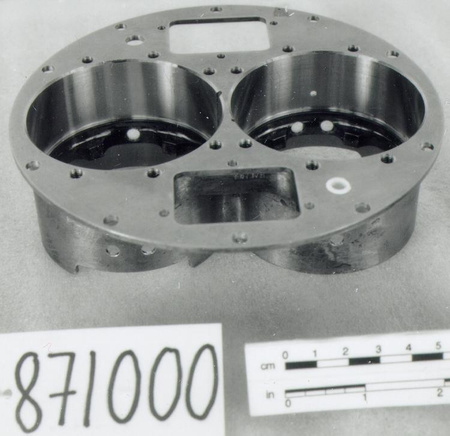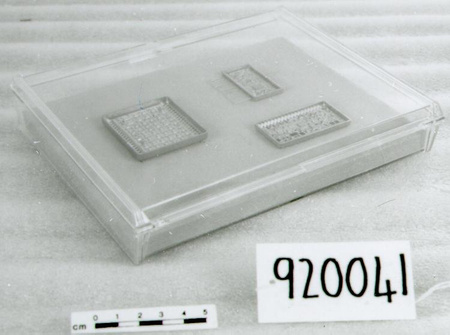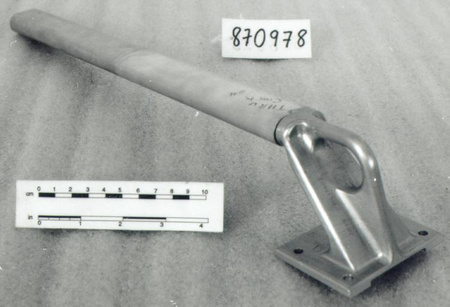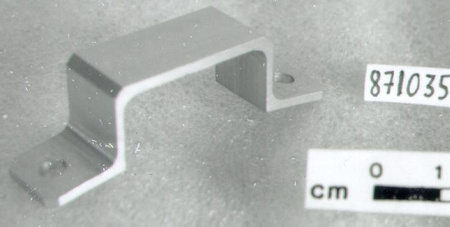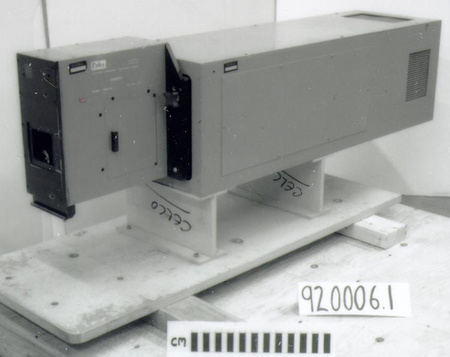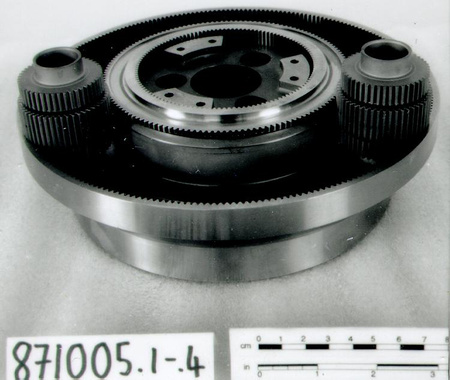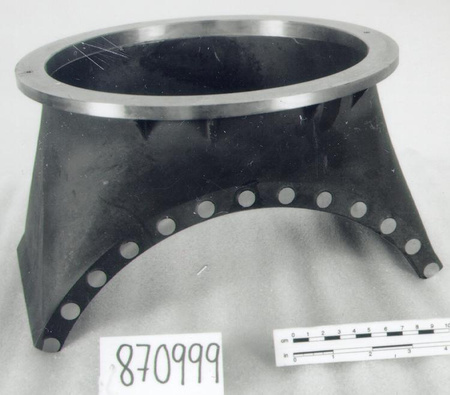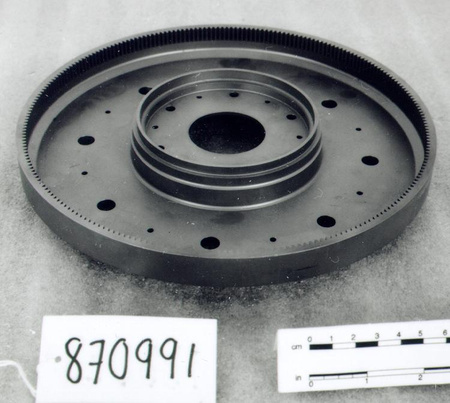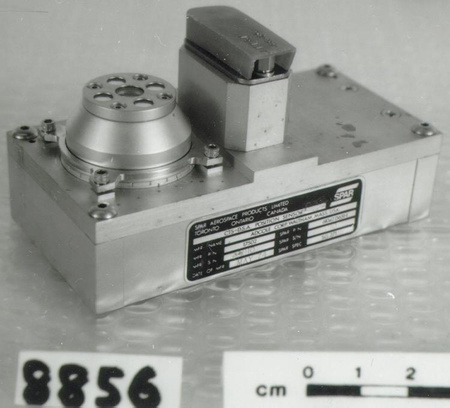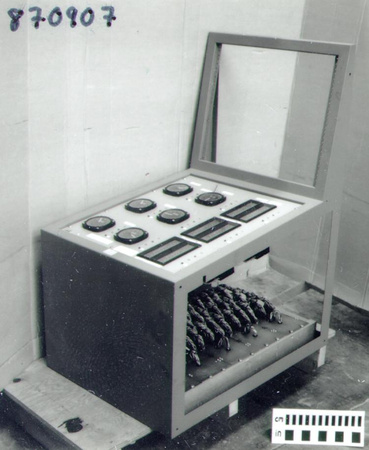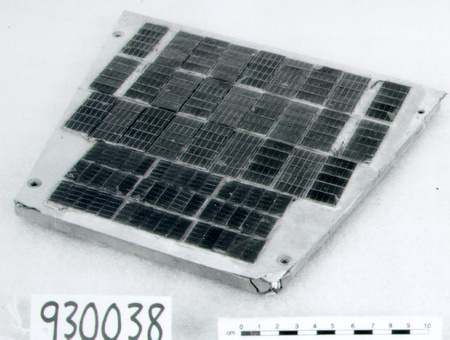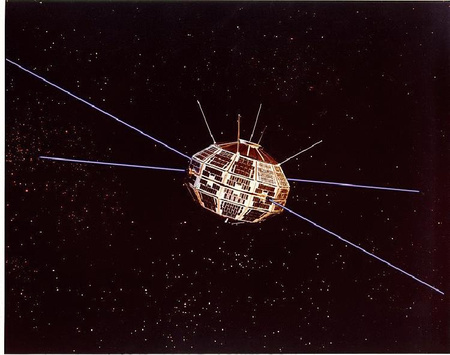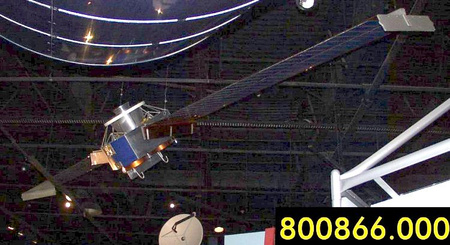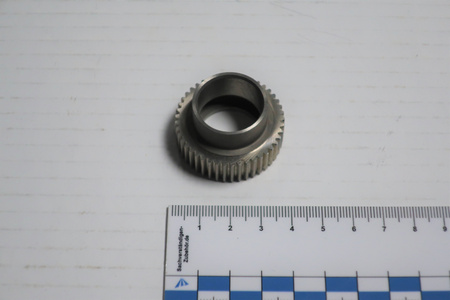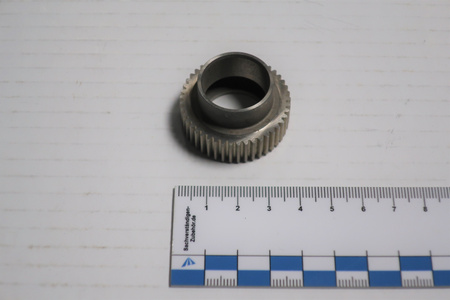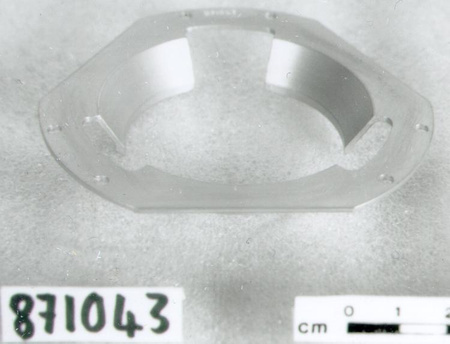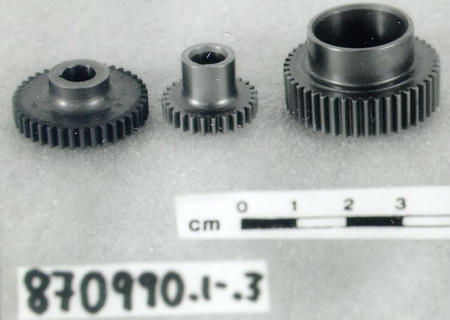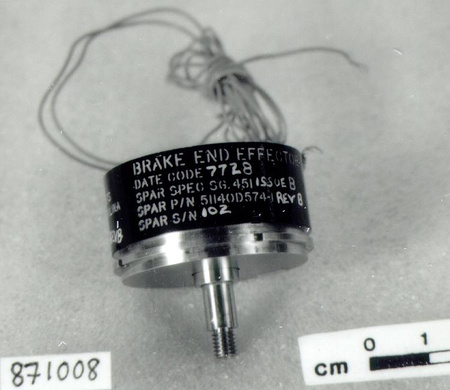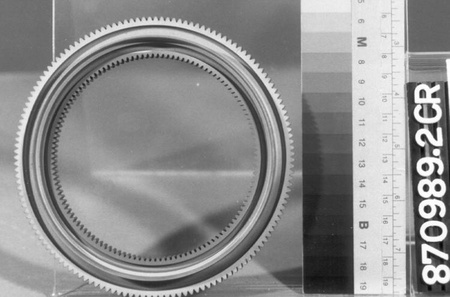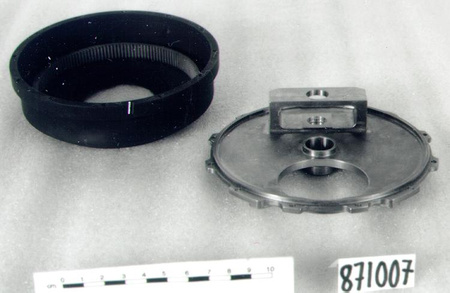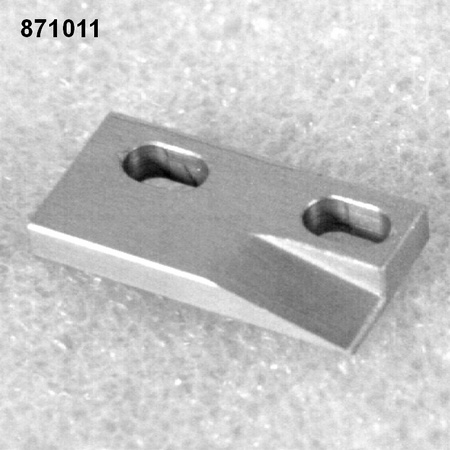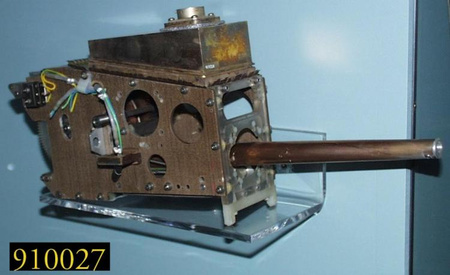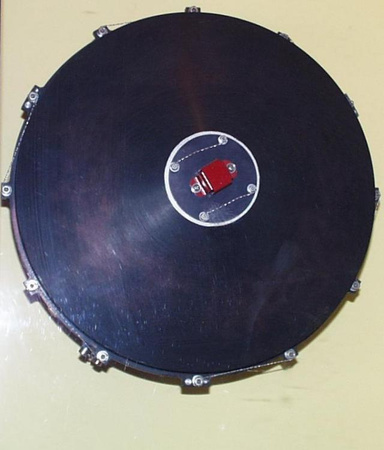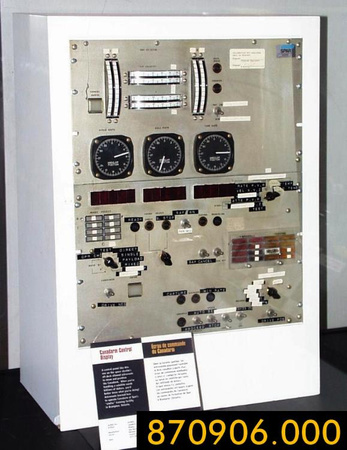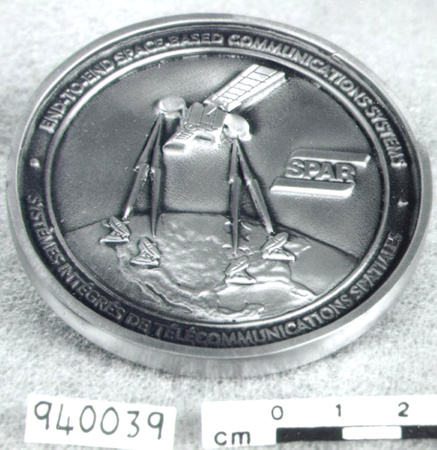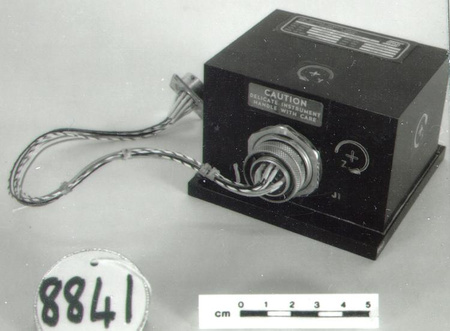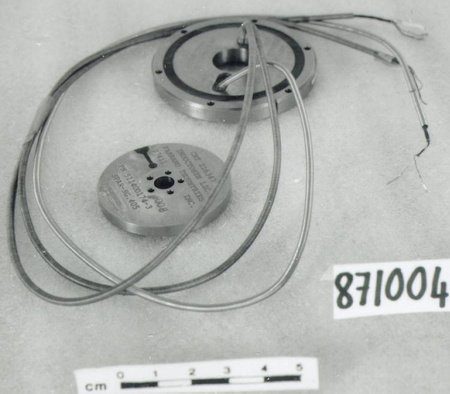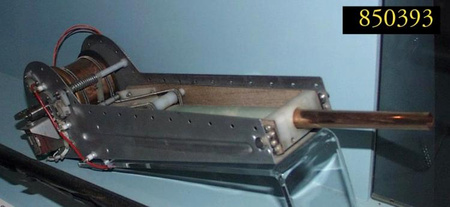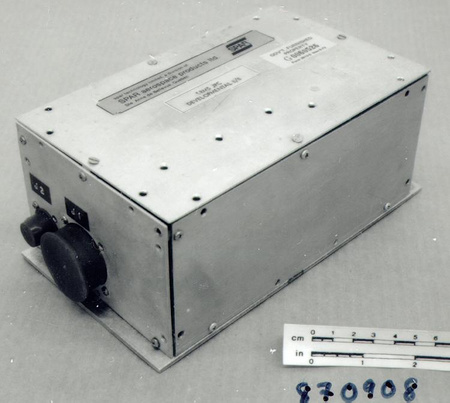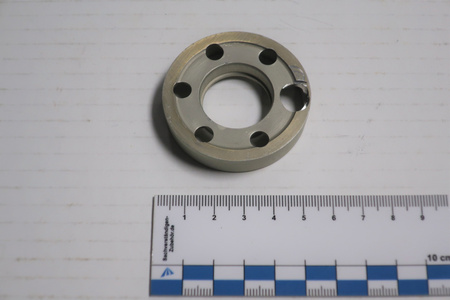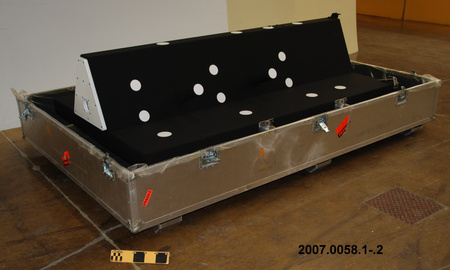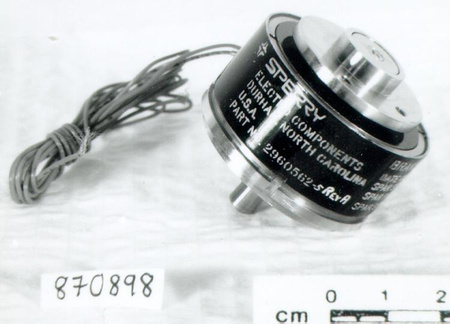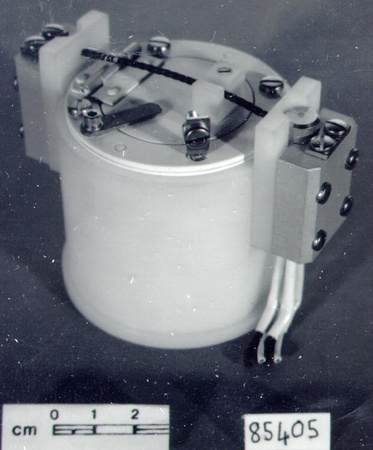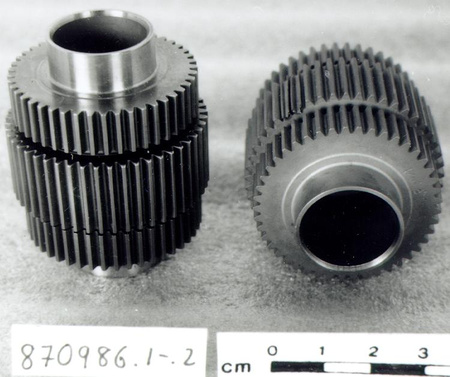Solar array model, satellite
Use this image
Can I reuse this image without permission? Yes
Object images on the Ingenium Collection’s portal have the following Creative Commons license:
Copyright Ingenium / CC BY-NC-ND (Attribution-NonCommercial 4.0 International (CC BY-NC 4.0)
ATTRIBUTE THIS IMAGE
Ingenium,
2011.0026.001
Permalink:
Ingenium is releasing this image under the Creative Commons licensing framework, and encourages downloading and reuse for non-commercial purposes. Please acknowledge Ingenium and cite the artifact number.
DOWNLOAD IMAGEPURCHASE THIS IMAGE
This image is free for non-commercial use.
For commercial use, please consult our Reproduction Fees and contact us to purchase the image.
- OBJECT TYPE
- remote sensing satellite
- DATE
- 1991
- ARTIFACT NUMBER
- 2011.0026.001
- MANUFACTURER
- Spar Aerospace Ltd.
- MODEL
- Radarsat 1
- LOCATION
- Toronto, Ontario, Canada
More Information
General Information
- Serial #
- 1
- Part Number
- 1
- Total Parts
- 2
- AKA
- N/A
- Patents
- N/A
- General Description
- Synthetic panels, parts, wire coverings/ Glass? solar cells/ metal parts
Dimensions
Note: These reflect the general size for storage and are not necessarily representative of the object's true dimensions.
- Length
- 229.0 cm
- Width
- 154.0 cm
- Height
- 68.5 cm
- Thickness
- N/A
- Weight
- N/A
- Diameter
- N/A
- Volume
- N/A
Lexicon
- Group
- Space Technology
- Category
- Earth observation
- Sub-Category
- N/A
Manufacturer
- AKA
- Spar
- Country
- Canada
- State/Province
- Ontario
- City
- Toronto
Context
- Country
- Canada
- State/Province
- Ontario
- Period
- Circa 1991+
- Canada
-
A full-scale deployable engineering model used at David Florida Laboratory (DFL) during the test phase of Radarsat 1, Canada’s first remote sensing satellite. Specifically, it was used to test the deployment mechanism at the spacecraft assembly, integration and testing facility. Canada’s large land mass, wide variety of landscapes, topography and climate make environmental monitoring and study challenging. In the early 1980’s, a special project office was created at the Canadian Centre for Remote Sensing (CCRS) to study the benefits and requirements for a remote sensing satellite that could acquire images day or night, and through cloud cover. Such a satellite would provide commercial and scientific users with imagery in a number of areas such as disaster management, agriculture, cartography, hydrology, forestry, oceanography, ice studies and coastal monitoring. Radarsat1, Canada’s first remote sensing satellite was developed by the Canadian Space Agency in cooperation with provincial governments and the private sector. The federal government provided approx. $500 million, the four participating provinces (Quebec, Ontario, Saskatchewan and British Columbia) provided approx. $57 million, and all provinces participated by pre-purchasing data. SPAR Aerospace Ltd. was selected as the prime contractor, and in total, about 100 Canadian and international organizations participated in the project. Noted for its synthetic aperture radar (SAR), R-1 was launched by a Delta II rocket November 4, 1995 from Vandenburg Airforce Base in California. The first image was of Cape Breton Island taken November 4, 1995. Radarsat 2, launched in 2007, adds powerful technical advancements, notably increased resolution and right or left looking beam modes that allow for shorter re-visit times for some latitudes. At a time when territorial claims in the high Arctic are being contested [by Canada, the U.S., Russia, Denmark and Norway], the multipurpose nature of the Radarsat line of remote sensing satellite gives Canada unprecedented mapping, environmental monitoring and surveillance capabilities – in fine resolution mode, Radarsat-2 can acquire images at a resolution of 3 meters. One article from the Globe and Mail noted that data from Radarsat-2 could potentially be used in the event of a territorial claim. A constellation of three identical satellites is planned for launches in 2014 and 2015 to provide complete coverage of Canada's land and oceans, in addition to daily access to 95% of the world to Canadian and international users. - Function
-
Used in the test phase of the Radarsat-1 project, the solar array structural engineering model was used to test if the solar array could deploy in space. - Technical
-
This solar array structural model is the first deployable solar panel developed in Canada for specific use on Radarsat-1. It is notable as one of the few remaining Radarsat-1 objects – it is complete, full scale, free of dust, and undamaged. As Canada’s first remote sensing satellite, Radarsat-1’s technical achievement is the first operational use of synthetic aperture radar (SAR) in orbit, giving it the ability to image day and night, and through cloud cover. SAR is “side-looking” radar technology developed in the 1950’s that uses the flight path of an aircraft to simulate an extremely large antenna or aperture electronically in order to generate high-resolution remote sensing imagery. In a wide beam mode (low rez), Canada can be imaged every 72 hrs, and the Arctic daily. Imagery can be provided within 4 hrs of data collection (1996). Ships larger than 3 m in length can be detected in the Northwest Passage. The prime contractor for Radarsat-1 was SPAR Aerospace Ltd. Transformations and corporate takeovers denotes the history of the one-time Canadian success story. Originally based in Edmonton, SPAR was formed by the merger of de Havilland Canada’s Special Products division (i.e. Alouette 1) and Avro Canada's Applied Research unit (CF-105 Arrow). Expansion and growth followed as a producer of equipment for the Canadian Space Agency in cooperation with NASA’s space shuttle program and International Space Station. Today, SPAR’s lineage can be traced back to MD Robotics, a subsidiary of MacDonald Detweiller and Associates (MDA). SPAR's Edmonton facilities were permanently shut down in the summer 2009 after 4 decades of production and service. - Area Notes
-
Unknown
Details
- Markings
- None
- Missing
- Appears complete
- Finish
- Black panels with orange solar cells/ Black synthetic covered base/ Multicoloured synthetic parts and wire coverings/ Plated and metallic parts
- Decoration
- N/A
CITE THIS OBJECT
If you choose to share our information about this collection object, please cite:
Spar Aerospace Ltd., Solar array model, satellite, circa 1991, Artifact no. 2011.0026, Ingenium – Canada’s Museums of Science and Innovation, http://collection.ingenium.ca/en/id/2011.0026.001/
FEEDBACK
Submit a question or comment about this artifact.
More Like This
